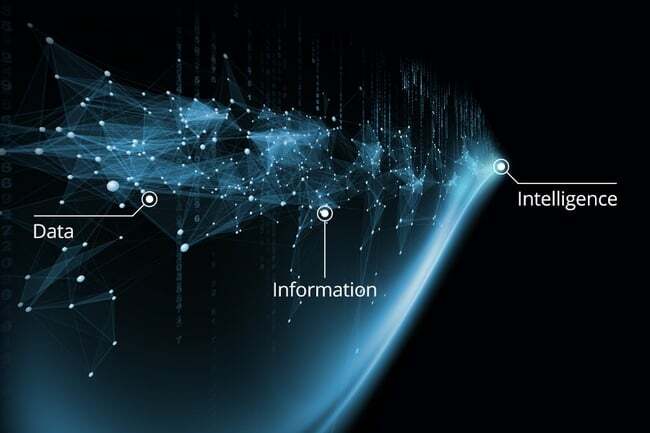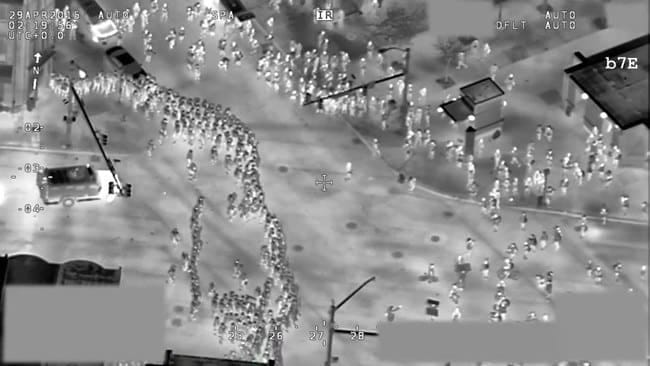The Difference Between Data, Information, and Intelligence

The Difference Between Business Intelligence, Reporting, Metrics, and Analytics >
The terms intelligence, information, and data are thrown around pretty loosely in most tech circles, and this inevitably leads to people confusing and/or conflating them. What follows is a simple explanation of how the related terms are different from each other, and how they work together.
Let’s get into it.
Sand, pebble, boulder.
Data are raw, individual, and unarguable facts. Examples might include the temperature at 13:37 on the roof of San Francisco City Hall, or the amount of light coming off the Sun according to a particular solar telescope.
Information is the combination of data into a form that can answer an everyday question. Examples might include whether a country has a higher than average GDP, or whether a particular plant is native to California.
Intelligence is the combination of information into a form that tells a story and informs decisions. Examples might include a narrative stating that Iran seems poised to invade Iraq, and that now is the time to move key resources. Or one that says a politician in Northern California seems ready to vote against Cannabis legislation, so it might not be a good time to enter that business.
Intelligence is clutch when decision-makers are facing uncertainty, which is usually always.
If you’re wrong about either current state or the rules of the game, predictions become precarious.
Intelligence is decision-support. It’s a tool for making intelligent predictions about the future—based on solid understanding of the present—in order to take a course of action that improves outcomes.
Information is used to piece together the necessary understanding of the world to create that narrative, and data is what provided the inputs for the information.
A real-world example of all three

Let us say that there is a war zone in Canada (I know, far-fetched already), and some troops are on patrol in a city center looking for the resistance’s most notorious warlord. Canadian military leaders are eager for intelligence that can help find him.
Imagine many more examples of the same kind of data.
Data: A man crossed the street at Montegue and DeGaul at 19:07PM looking suspicious.
Data: That same man left a nearby building carrying a briefcase chained to his hand.
Data: An anonymous caller called in and said the warlord is staying within 3 blocks.
Information: Encrypted radio traffic has increased by 37% compared to 2 hours ago.
Information: A number of locals sympathetic to the rebels have started leaving the area.
Intelligence: Since this warlord likes to use suitcase bombs, and this type of pattern has been seen before in previous attacks, another attack is likely to occur in the next few hours.
Intelligence: Therefore, police should be notified and we should get all of our VIPs out of the area immediately.
The data need to be harvested and assembled into information, but even then you still (generally) need a human analyst to go from information to intelligence.
It’s also important to note that intelligence can be wrong. Just because the pattern happened before doesn’t mean it’ll repeat. And vice versa.
In this case we have a simple terrorist attack that follows a pattern, but the problem gets a lot harder with events that have less of a pattern and that happen less frequently.
Summary
Data are individual observations.
Information is a useful collection of data.
Intelligence combines information to form a predictive narrative that enables better decision-making.
All three levels can have errors, and problems compound as they move up the stack.
Notes
Image from Recorded Future, which is a really cool (but expensive) product by the way.